Exploring Self-Defense Guns: A Comprehensive Guide to Personal Protection
Introduction:
When it comes to personal safety and self-defense, firearms are often considered as a potential option. While the decision to own and use a gun for self-defense is a serious one that requires careful consideration, understanding the basics can be beneficial. In this blog post, we will explore self-defense guns, their features, and the factors to consider when making an informed decision.
1. Handguns:
Handguns, such as pistols and revolvers, are popular choices for self-defense. They are compact, easily concealable, and come in various calibers. Handguns offer the advantage of quick deployment and can provide effective stopping power. However, proper training in handling, storage, and responsible firearm use is essential to ensure safety and proficiency.
2. Shotguns:
Shotguns are known for their wide shot patterns, making them effective at close ranges. They come in various gauges, with 12-gauge being the most common for self-defense. Shotguns deliver a significant amount of stopping power, which can be a deterrent to potential threats. However, they can be larger and more challenging to maneuver in confined spaces.
3. Rifles:
Rifles, specifically those designed for home defense, can provide enhanced accuracy and range compared to handguns and shotguns. They typically fire intermediate or full-power rifle cartridges, offering increased stopping power and precision. Rifles are versatile and effective self-defense tools but may be less practical for everyday carry due to their size.
4. Considerations for Choosing a Self-Defense Gun:
a. Training: Proper firearms training is paramount. Seek professional instruction to learn safe handling, shooting techniques, and legal responsibilities associated with owning and using a firearm for self-defense.
b. Local Laws: Familiarize yourself with local, state, and federal laws regarding firearm ownership, concealed carry permits, and self-defense. Compliance with regulations is crucial.
c. Comfort and Fit: Choose a firearm that feels comfortable in your hand and suits your physical capabilities. Factors such as grip size, weight, and recoil management should be considered to ensure accuracy and control.
d. Reliability: Select a firearm known for its reliability and durability. Research reputable manufacturers and models that have a proven track record of performance.
e. Ammunition: Choose appropriate self-defense ammunition that is reliable, effective, and meets legal requirements. Hollow-point ammunition is commonly recommended for self-defense due to its controlled expansion and reduced risk of over-penetration.
Conclusion:
Deciding to own a self-defense gun is a significant responsibility. It requires a commitment to safety, ongoing training, . Remember, firearms are not a guarantee of safety and should be seen as a last resort in self-defense situations. It is essential to explore other non-lethal self-defense options, prioritize situational awareness, and consider de-escalation techniques. If you choose to own a self-defense gun, make an informed decision, seek proper training, and always prioritize safety above all else.


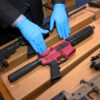
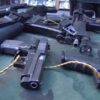

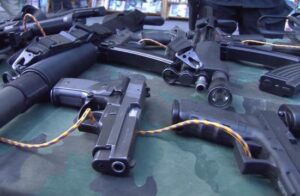
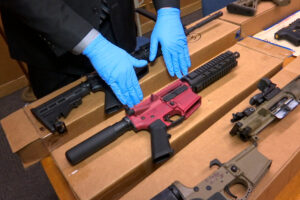
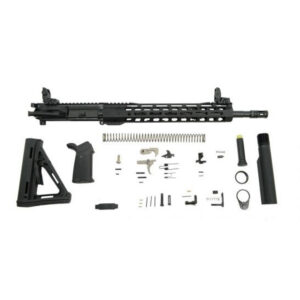


Leave a reply